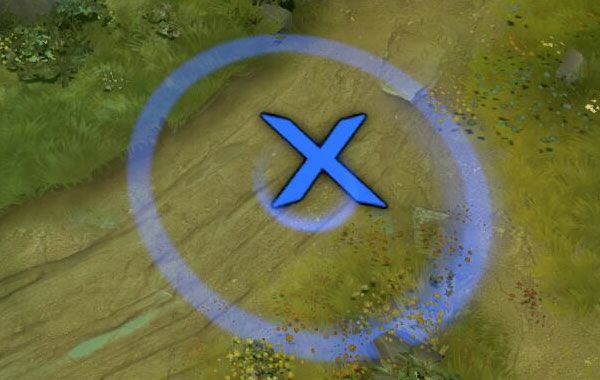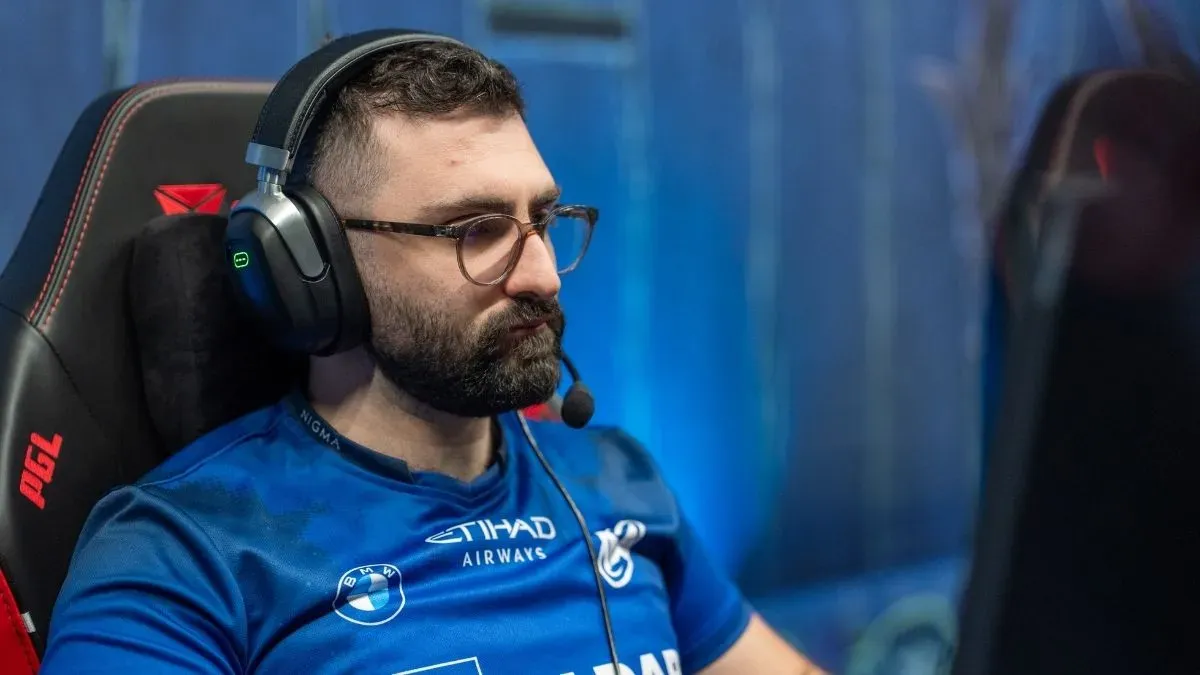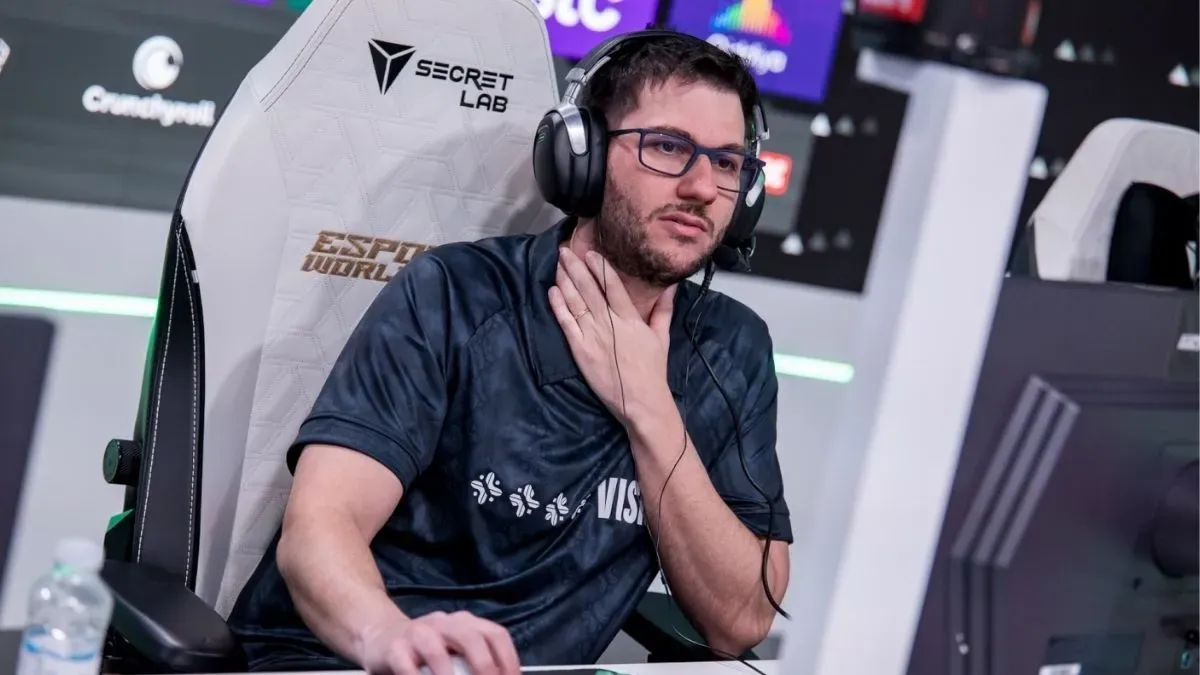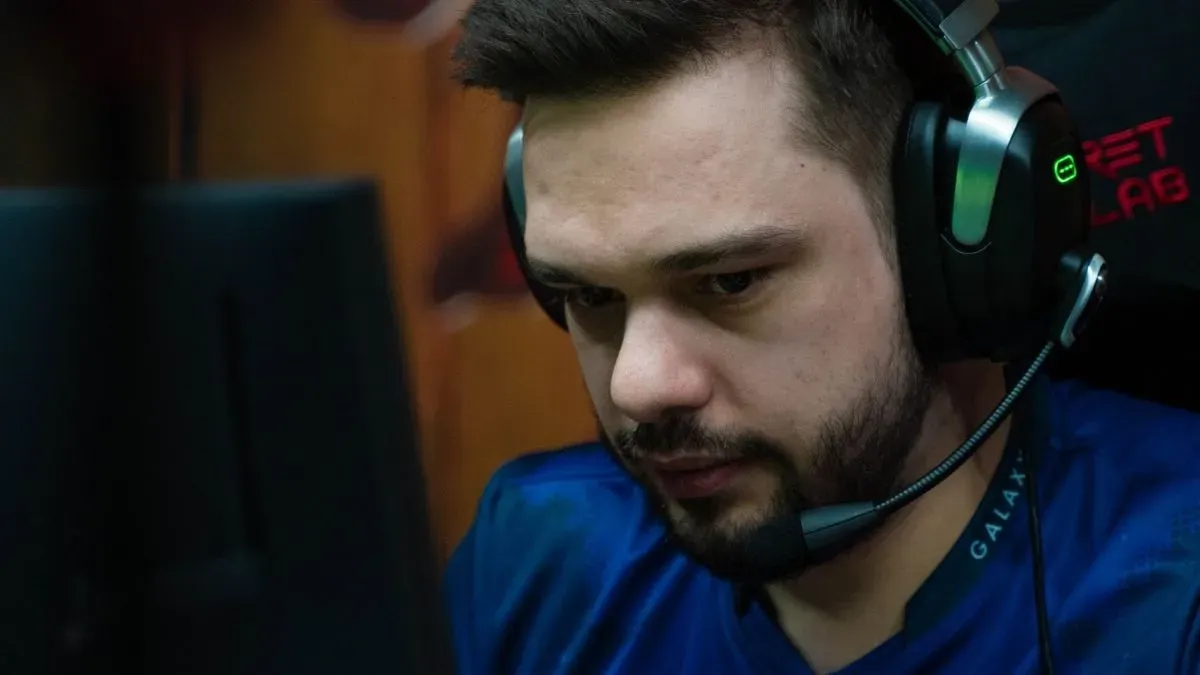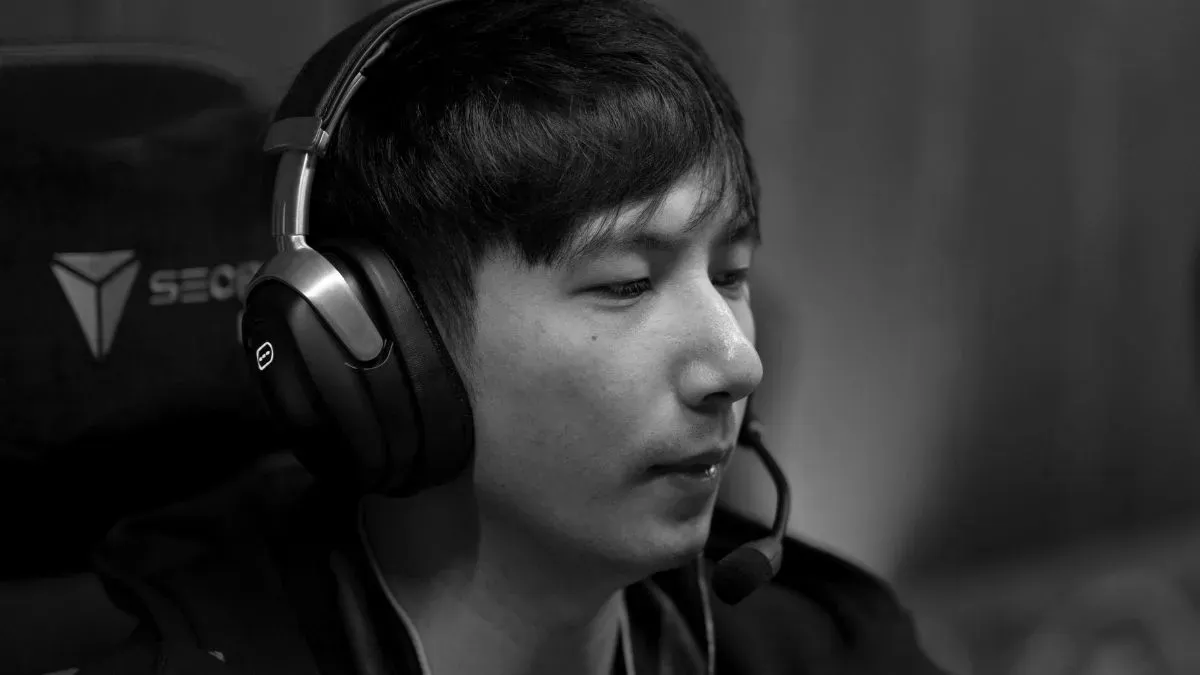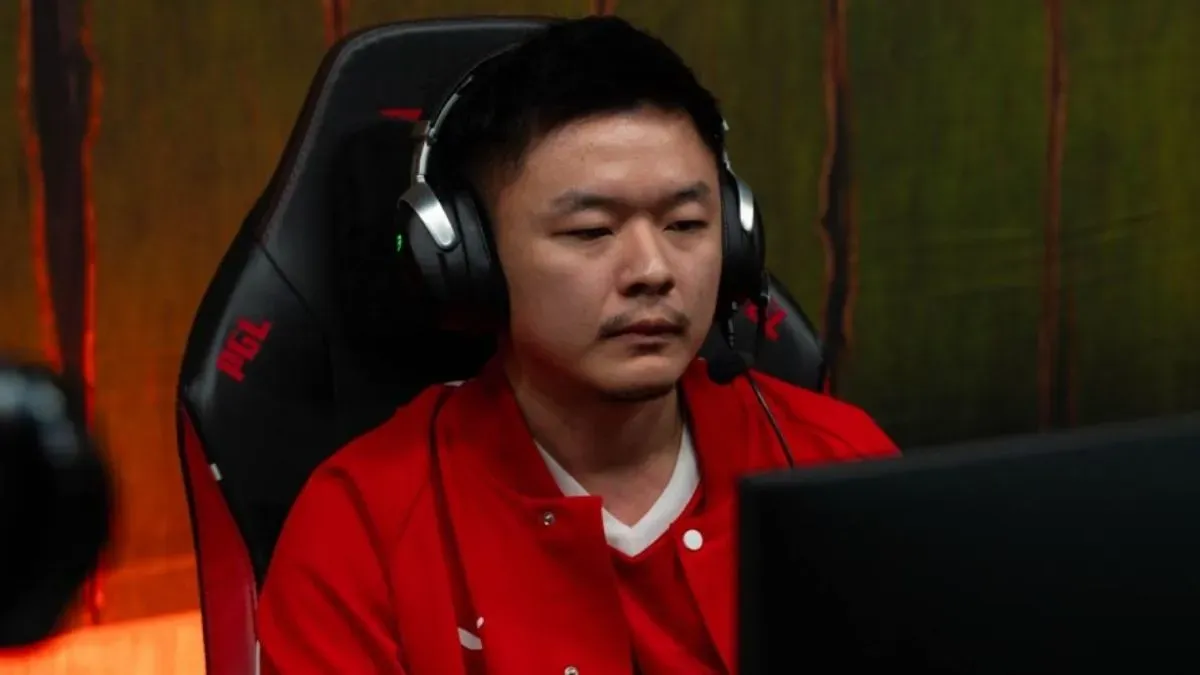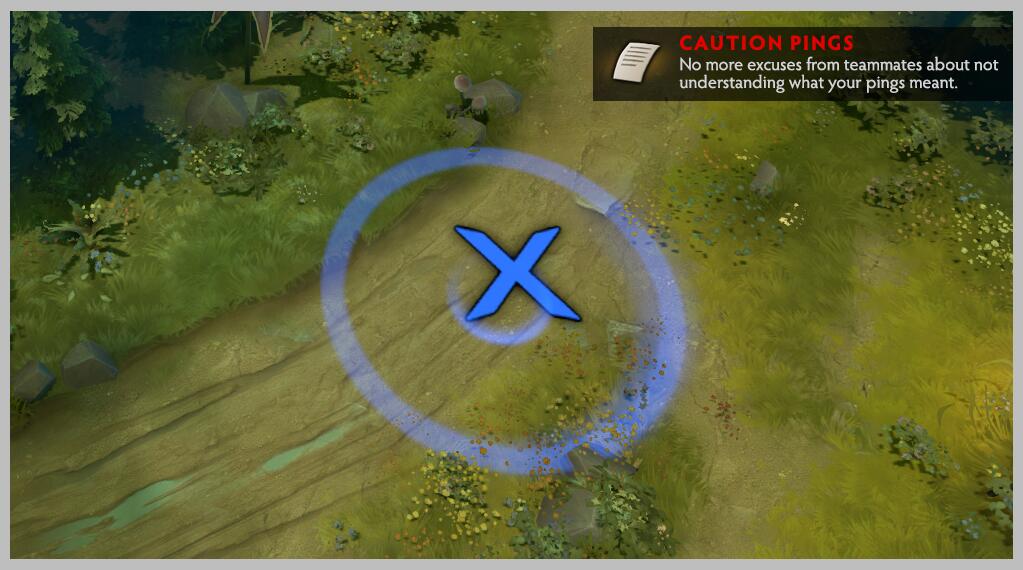
|
1. Introduction |
Hello everyone! My name is Patrick and I’m a games researcher at the University of Newcastle in New South Wales, Australia as well as a news writer for GosuGamers. As part of my PHD research into sound in computer games, I have been looking at how sound can play a part in enhancing the performance levels of players in computer games. This feature article is based off my existing research in which I conducted a Dota 2 experiment to see if sound does enhance performance levels in individuals and teams.
So you are probably all wondering how I managed to get this sound in computer games research approved as well as convincing my awesome supervisor to let me run a Dota 2 experiment for the purpose of 'research'. After all, when most people think about video games, academic research is not really the first thought that pops into mind.
Originally there was going to be only one games experiment to test my theory in regards to whether the presence of sound would increase overall player performance. This experiment was going to be just a simple visual based decision making game with auditory elements added on with three different sound conditions. I thought having just one lab based games experiment would be boring. After all, this is my research and as a gamer, I want to see the background and theories behind the sound research apply to an actual game that people play and can relate to. This is when I began to look at games, which sound plays an important role in providing information and thus this is where Dota 2 comes into play.
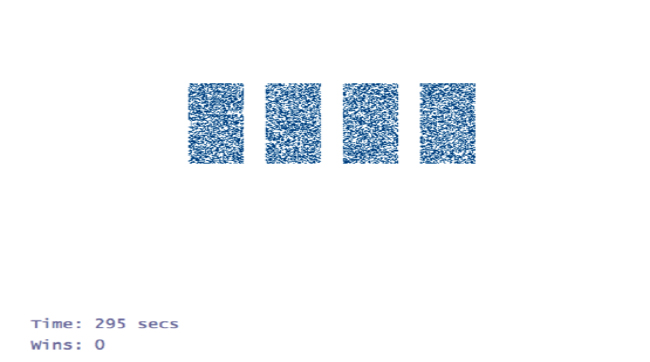
The original games experiment. A simple decision making game with three different sound conditions.
Having played Dota 2 since the early beta days when the game first came out (yes i bought a beta key from Ebay!) and realizing how important sound is in the game and its relevance to my research, I made the case to convince my supervisor that it’s a good idea to test a commercial game as it would broaden the interest to people who are not researchers or academics as well as appeal to potential students who are interested in research but are often put off by the feeling that research is dead boring and not worth the effort. After all, how often can you play a game and call it research? The best way to understand something is to interact with it directly and playing games is a great example of illustrating this point.
So having gotten the all clear to run my Dota 2 experiment, I first needed to secure ethics approval before I could proceed on with the experiment. Boy was that fun! Try explaining the purpose of the research in ‘plain english’ without throwing in confusing Dota 2 jargon. So after addressing some minor issues such as whether participants needed to pay for the game and making some changes to the advertisement for the experiment, I finally got what I wanted. Approval to run a Dota 2 experiment! Dota 2 = Academic Research. Now the party can get started!

Permission to run a Dota 2 experiment granted! Now this is research!
So before we do get to the fun part and talk about the experiment as well as the results, we first need to talk about the theories and background behind the research. I know it’s boring research jargon isn’t it? Bare with it folks as it’s important to understand the concepts and logic of sound before we can talk about the fun stuff. So sit back, have a Cheetos and Mountain Dew break (bonus points if you understand this reference or where its comes from) or whatever the hell you do to relax and read on. Otherwise go right ahead and play a game of Dota 2 and then come back and read! You may begin to notice how important sound is in providing key information in the game.
Sound has always been an integral part of most computer games ever since the early days when classic games such as Space Invaders, Missile Command and Pac-Man dominated the scenes featuring retro style graphics and laser sound effects as well as the nostalgic eight bit monotone music, which played in the background. Ever since, game design has advanced to the point where most computer games today now have high end graphics, background sounds and effects.
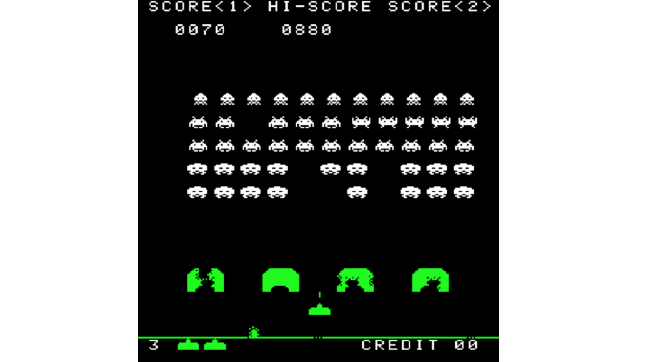
Classic games such as Space Invaders often featured simple, repetitive background sounds and sound effects.
When it comes to designing sound for games there are two main methods game developers can choose to focus on. The first method emphasizes the use of sound to enhance the experience, mood and scenery within the game environment. This is commonly known as immersion and it’s a big part of what makes video games attractive to people. Hence why there is a lot of research into enhancing further the immersive properties in both graphics and sound. Battlefield 4 is a great example of a game that features both highly realistic graphics and sound effects to help enhance the visual experience and fully immerse the player into the modern war game environment.
While immersion is an important factor in the design of modern games, the main consequence of prioritizing the looks and feels of the game is that the full potential of sound isn’t fully exploited or utilized as a means of providing support and feedback to players in the game. By this I’m referring to the informative values of sound as opposed to the immersive values. This leads into the second method of designing sound in games and the area, which my research is based on. That is to design sound to provide additional information about the game environment to the player. So why would information be an important factor when it comes to game design?
If you take a look at most video games such as first person shooters, real time strategy games, puzzle and adventure games as well as multiplayer online battle arena games, they all share the common elements, which most games contain: Tasks and objectives. After all, a game with no purpose or challenge isn’t really a game worth playing. To reach or complete an objective, a player would need to complete a number of set tasks relating to that objective. How long these tasks take to complete and how well the player scores in the game depends on the amount of information the player currently possesses. Information allows players to complete tasks more efficiently by better understanding the situation at hand and this may result in a higher score for a puzzle game, as successfully completing a higher difficulty level would result in greater rewards.
Generally information in games helps players identify certain states and situations such as health levels and potential dangers more efficiently and allow them to make a sound decision based on having greater knowledge and understanding of the situation. In fast paced competitive games this is important to have this knowledge available at the time to be able to perform at the optimum level. Understanding the situation better and having more knowledge then your opponents will provide you with a tactical advantage, which can be the difference between having a higher and lower score. In the case for Dota 2 it can play a factor in determining who wins a key team fight.
Sound plays an important role in the communication of information as it complements visual information by extending the current range in which information can be collected and at the same time it can be a primary source of intelligence where conditions are less then ideal to collect sources of information from vision alone. In certain situations, a player may be occupied with a task on the screen and may wish to receive information without being forced to completely stop what they are doing. So now that we’ve talked about how relevant information is in the design of sound in games, I’ll talk about the different ways visual information can be translated into sound and examples of such sounds within Dota 2.
3. Encoding Information in Sound
When it comes to communicating visual information through sound, there are three main methods. They are: Auditory icons, Earcons and Speech. So what are they and where is it used in Dota 2? I will explain each type of sound and provide examples from both everyday life and Dota 2 so you all get the general idea of how each method of sound works.
Auditory icons are simply patterns of sound based on an instance of a sound event in the real world. The event could be the sound of an engine rumbling away or the sound of a fire burning. The main advantage of auditory icons is that we are all familiar with sounds from the real world. We already have a basic vocabulary of sounds stored in our brains so when we hear the sound, we can quickly recognize the sound and interpret its meaning.
If we have a look back to Dota 2, there are numerous examples of where auditory icons exist in the game to provide the player with additional information. The ticking clock reminding us when abilities are on cool down, the roar from Ursa, which could indicate a Roshan attempt, and Pudge’s hooks are such examples, which uses real world sound events to associate actions in the game. Using familiar sounds to represent actions and events in the game is a simple and effective means of conveying information, as players will immediately recognize the nature of the sound and understand the message.

The roar from Ursa is an example of an auditory icon in the game.
While Auditory icons maybe quick and easy to recognize, the main problem is that not all actions and events can be accurately represented with a simple sound icon. This is where the second method of encoding sound can be used. We call this method Earcons. Instead of using real world sounds to convey information about actions and events, Earcons use musical variables such as pitch, tone and dynamics to communicate complex information across.
A good example is a mobile phone ringtone. Everyone has a different ringtone associated to calls and text messages but they all can represent the same meaning. When we hear this ringtone, we know that someone is trying to call or message us. Likewise we can also have different sounds to represent different actions or events. One sound can represent Twitter messages and another sound can represent Facebook messages. Unlike Auditory icons you first need to understand the meaning behind the sound. Once the meaning is understood, Earcons are very useful to convey complex information in a quick and timely manner provided the recipient can understand the coded message.
In Dota 2, similar to Auditory icons, hero abilities use variances of musical attributes to associate meaning behind the action. The most obvious example of an Earcon in the game is the ping signal. Every player in Dota 2 would have at some point used this function in a game and recognize its usefulness in conveying short messages to teammates. Similar to how a mobile phone notifications works, pings in Dota 2 can represent different actions and events. A player can for instance use a ping signal to warn nearby teammates of missing heroes or use it to tell the team when to attack or defend a tower. Although you could communicate this with written text, it often takes too long to type out a message by which point the event has already occurred.
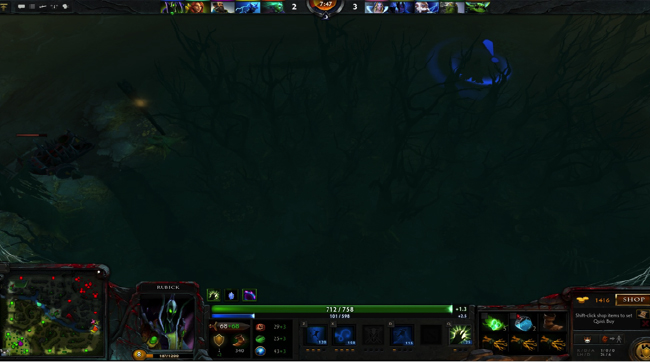
The ping signal is a well known example of an earcon in the game.
So we have talk about using real world sounds and musical variables as a way of conveying information over sound. However if we need to convey a specific piece of information that requires a longer duration of time to communicate then both Auditory icons and Earcons are not ideal for the task. This leads to the final method of conveying information through sound, namely Speech. A very obvious form of sound, it’s a pattern that is used to convey long and precise complex information. A good example would be a train station announcement for a particular route or the speech feedback function from a GPS unit.
In Dota 2, Speech is used to warn players when the enemy is attacking towers as well as keep track of kill counts and Roshan kills. This feedback is quite useful to keep track of various events, which occur in the game. For instance receiving speech messages regarding a certain tower taking damage would allow the team to identify the most ideal action to take whether it’s to defend or to take an enemy tower. Remember that not all players are going to constantly watch every tower for the duration of a game so speech is quite useful in keep a team in sync with current events. In addition voice chat allows players to convey specific pieces of information to the team.
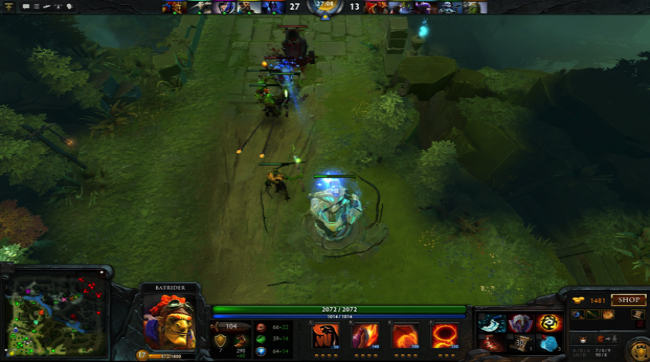
Warning signals when towers are being attacked is an example of speech in the game.
However it is not ideal to use voice chat when time is of the essence or when the nature of the message can be conveyed faster through icons so a combination of Auditory icons, Earcons and Speech should be utilized depending on the situation at hand. Together these sounds play a major role in the communication of information within the game.
4. Sound and Performance in Dota 2
So if you have managed to read this far and still have not called the gg then I congratulate each and every one of you! No doubt I have subjected each and every reader here with enough research jargon to fill your belly so I appreciate those of you who have stuck around. Now that we have a basic understanding behind the backgrounds on the theories behind sound display and its relation to games, we can now finally talk about the links between sound and performance in Dota 2. Now that’s what we’ve been waiting for right? No? Well I will talk about the actual experiment in the next section. I promise!
Lets first talk about performance in the game. As we all know performance absolutely matters in Dota 2. It is what makes the game both challenging and engaging for all players. Typically performance can be determined in a number of different ways from counting the number of creep kills in x minutes, the number of hero kills and deaths, the net worth of each hero to the overall gold and experience obtain by each team. Other factors outside of using quantitative data to judge performance levels may include the timings of certain items and key hero abilities during team fights. All of these factors play a part in determining the performance levels of both individuals and teams.
So how does sound play a part in determining performance? As with many competitive games, Dota 2 is a challenging game. The high-paced nature of the game, as well as the need to control and manage multiple tasks at the same time, makes sound an important source of additional information for players. Players need to stay informed at all times on events occurring not only in the player’s current point of view but also any relevant off screen events that may happening. While off screen events in the game can be communicated by visual means, a player may prefer to rely primarily on sound to keep track of these events as their eyes may be preoccupied on a task such as farming.
Another reason why sound is important to performing well in a game of Dota 2 is that the game revolves around teamwork and good communication, which some players struggle to understand at times. Remember that not all players will see the same information visually on the screen. By using sound to relay feedback, players can all receive the same information at the same time, regardless of their current viewpoint.
Lets highlight an example where sound can play a difference in the game. Your hard carry player is currently farming away in their safe lane unaware of an impending ambush. Because their eyes are fixed primarily on securing creep kills, they lose their overall map awareness making them easy targets for a kill. Because of the urgency of the threat, it is necessary to be able to quickly convey this message to that player so they will have time to assess and respond to the potential danger. By conveying this message through pings and speech rather then typed text, the chances of your hard carry surviving an ambush will increase.
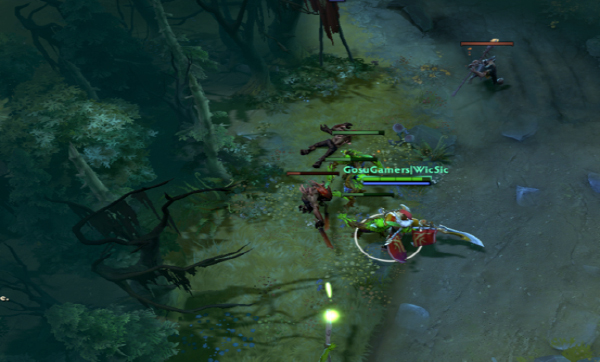
A typical scenario where sound can play a difference in the game.
In addition this would allow your team to plan an unexpected counter ambush. That is one less dead hero and plenty of time, gold and experience wasted by the opposing team should the enemy team have multiple heroes present in the area and no kills or towers secured. Should your counter ambush succeed then you will certainly have a gold and experience advantage. Repeat this again and again over the duration of the game and you can see how communication can affect performance. So now we have described the links between sound and performance in the game, it is time that we talk about the Dota 2 experiment, which I conducted for my research.
So here we are finally! Lets talk about the Dota 2 experiment! If you did not pick up the haste rune and skipped on all the way to this section, then you would understood why i first talked about the theories and background behind sound in games as well as my reason to use Dota 2 to test my theory in regards to sound and performance levels. Please keep in mind that this research is exploratory in nature so the results I have obtained are not absolutely conclusive. So without further ado lets talk about the Dota 2 experiment!
I recruited a total of twenty participants through posters, which I placed around the university campus. Fifteen of these participants played in a rotating round robin format divided into three random teams while the remaining five played against the computer with the difficulty set to normal. Each team played in two different sound conditions (sound on and sound off). A practice game was setup for each team before beginning the actual experiment to check on issues such as latency levels and connection speeds. Because the Australian servers were not available at the time, I choose to host the games on the US West servers as it provided the best latency levels compared to the SEA server.
At the time, Dota 2 was still in the early to mid beta stages so you can imagine the demand for keys from people who have played the original or variants of the game. I certainly got a lot of emails expressing interest in participating as well as the common ‘Holy shit! You can do this type of research at uni?’ In order to secure the required number of people to be able to run the experiment, I offered each participant who didn’t have access a beta key with the condition that they must turn up on the agreed time and day and play all their games.
This turned out to be one of the main issues I had running the first Dota 2 experiment and the primary reason why I decided to reduce the number of participants for a future Dota 2 experiment. Anyone who has run tournaments and competitions between two different teams will no doubt express frustration at players who do not turn up on time. The majority of the participants in my experiment did comply with my simple request and turned up to their games but there were a few who needed a haste rune shoved up the butt before they understood the message. Come on I gave free beta keys away so the least you could do is turn up on time!
Performance was measured with the built in statistical tools in each game, divided between individual and teams. All games were recorded using FRAPS (I plan on using a dedicated game recording device in the next experiment) and stored on an external hard drive for later analysis. At the time, Dota 2 didn’t have the updated statistical tools, which included measures such as net worth, which would have been nice to compare in the data. The performance measures for individual players consisted of:
- Hero levels
- Hero kills
- Hero deaths
- Kill assists
- Total gold earned
- Gold per minute
- Experience points per minute
In addition team performance was also measured. These measures consisted of:
- Total gold earned
- Total experience points earned
- Total hero kills
- Total hero deaths.
For most of these measures, larger numbers represent improved performance. The two exceptions are individual hero deaths and total hero deaths. I decided to leave last hits and denies out of the equation as this task relies on the players skills with the mouse and keyboard rather than sound which is what I am interested in.
So what results did I get? Does sound actually improve player performance? In total there were 140 individual measures (7 performance measures x 5 players x 4 teams) and 16 team measures (4 performance measures x 4 teams). In my initial experiment I found that 82 of the individual measures showed signs of improved performance when playing with the sound on compared to playing without sound. Likewise I found 9 of the team measures showed improved performance with the sound on.
So the data I collected initially suggests that having additional feedback through sound can improve player performance levels. So how much does performance levels in players and teams increase by? Let’s take a closer look at the data for the expert team.
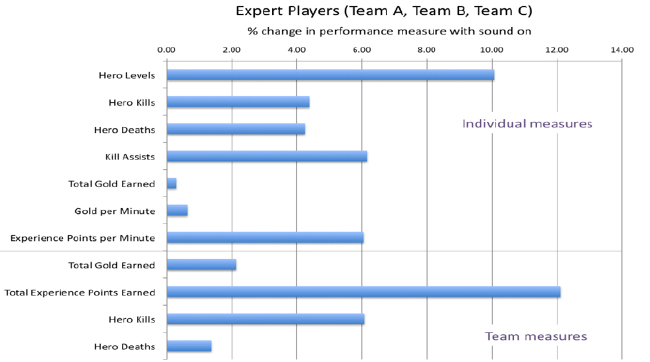
In the individual measures, we found that hero levels (10%), kill assists (6%), experience points per minute (6%) and hero kills (4%) were the most noticeable performance factors to be influenced by sound. The reason for this may relate to the gameplay strategy of catching an enemy hero or groups of heroes off guard to try and gain an advantage in the game. To be able to kill an enemy hero, all team members participating in the killings must have up to date knowledge of the location of the enemy hero without any unnecessary delays. While visual text messages provide this information, relying solely on visual screen instructions can be difficult if a player is otherwise engaged and so unable to attend the message, especially if speed is of the essence.
In the team measures for the expert players the most noticeable performance factor influenced by sound is the total amount of experience points earned (12%) and total hero kills (6%). Although experience points can be earned from farming, greater amounts can be earned by seeking and/or winning team fights. By using sound, a team can quickly rally anywhere between a couple of heroes to the full team and catch the enemy targets off guard, thus winning a fight and gaining experience points for all team members who participated in the vicinity. Without the use of sound, players may be more likely to stay away from dangerous areas and avoid team fights as they don’t know what the current team action plan is at the moment.
So what about players new to Dota 2? Does sound make a difference in performance levels? Lets have a look at the following graph.
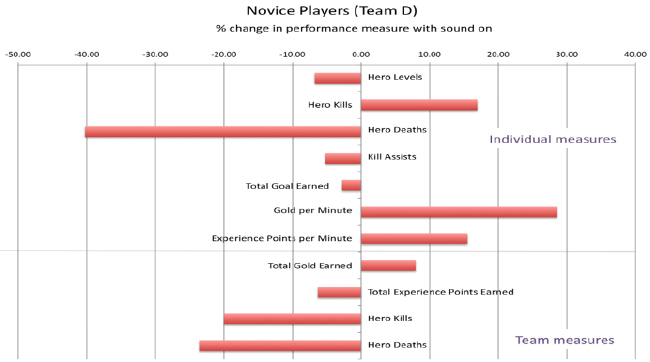
We have some pretty interesting results here. The most noticeable result for the individual measure is the number of hero deaths. Here we see a 40% reduction in deaths when playing with the sound on. So why is that? The reason for this drastic reduction in hero deaths relates to the way the enemy bots respond. When a player is farming alone in any lane, the computer tends to punish that player by sending the whole team to kill that player’s hero. In the practice game, the novice players were introduced to the ping function and its purposes, thus they used both pings to warn their fellow teammate of an incoming ambush. Since sound is usually picked up before vision, this provided that player with more time to acknowledge and respond to the situation. In most cases that player would heed the warnings provided by the pings and survive.
Hero kills, gold per minute and experience points per minute also showed marked increases of over 15% in the sound on condition. As these novice players became more familiar with the use of sound to communicate information more effectively, they also began trusting each other more as their roles became clearer. This allowed the team to effectively setup ambushes on unsuspecting enemy heroes, control the map and avoid pitfalls by notifying particular players of enemy whereabouts, saving them from potential death in most cases. This resulted in more successful hero kills, which in turn increased the amount of gold and experience points earned per minute per player.
In terms of the novice team performance, both total gold earned (8%) and hero deaths (24%) improved when the sound was turned on. By contrast team performance as measured by hero kills (-20%) and total experience points earned (-6%) was lower in the sound on conditions. The conflicting results in terms of hero kills and hero deaths might be explained by the fact that different roles that players picked to play in the game. Certain hero roles are better equipped to deal raw damage through their regular attack while other hero roles such as support are often the easiest heroes to be killed. For a novice player unfamiliarly of the hero’s purpose and their abilities, combined with miss clicks associated with novice skills can often result in missed kills and counter kills by the enemy Ai team.
So does sound play a role in performance? I’m sure there will be many out there who will argue that it doesn’t and that is a valid reason as some people are use to playing without sound and having the sound on could actually decrease performance. Some may agree with the logic behind my research while others of the game may point out item progression, farm rate and key heroes are the main factors behind performance in Dota 2. In short, there are a variety of factors, which determine performance in the game. As I have discovered, there is evidence to suggest that sound does indeed play an important factor when it comes to performing well.
Whew! That’s quite a bit of information to digest! Congratulations to everyone who has made it this far. So I like to talk about one more thing before we conclude this article. As this research is currently progressing, there are many things that I would like to do to improve the validity of the results. In the Dota 2 experiment, there were certainly many variables and factors, which needs to be refined or improved.
For starters hosting games on the local server would certainly see some changes in the performance levels. In addition, new heroes, buffs and nerfs as well as changes from all pick to captains mode, locking player roles and increasing the number of games run would also play a factor. These are some of the issues and changes I will be considering when it comes to running the next Dota 2 experiment.
If you want to know find out more about my research or any questions related to pursuing a research degree then please feel free to post a comment below. You may be surprised as I was as to what you can research. You can also follow my research at my blog. Any feedback or suggestion will be appreciated, as it will help shape what needs to be addressed and looked at in the second Dota 2 experiment as well as my other experiments.
Finally I like to thank GosuGamers for giving me the opportunity to share my games research to all the readers in this vibrant community. I hope that I provided some unique insights to the way sound works in video games and change the way you see sound in games. GG WP ALL!

